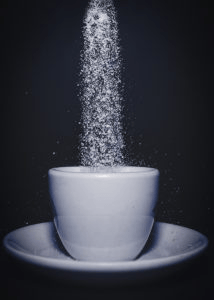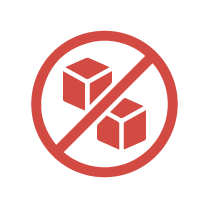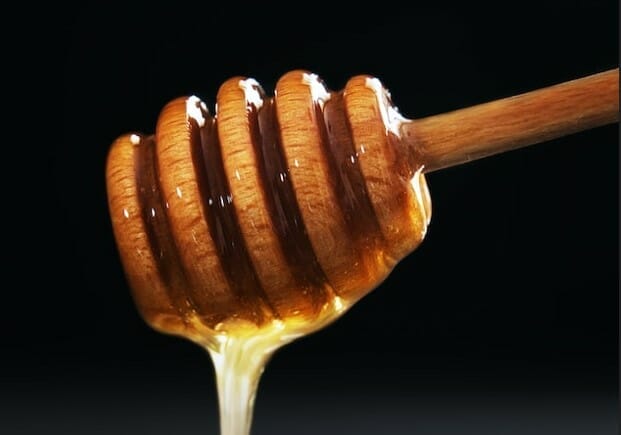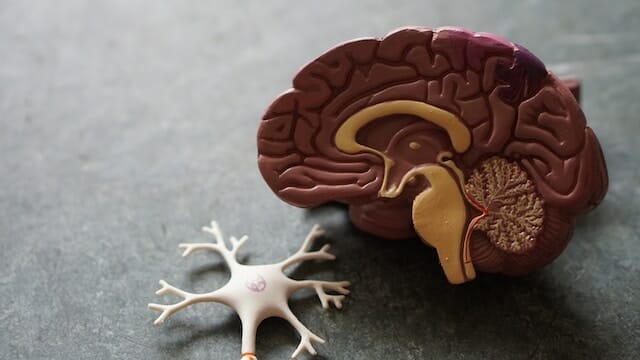
Let’s face it: Sweeteners aren’t great for your health.
They stimulate your appetite, encourage your sweet tooth and pack on the pounds while also placing you at risk for obesity, type 2 diabetes, heart disease and fatty liver.
But, we’re all human and cutting all sweeteners tomorrow isn’t realistic.
Let’s rank the best and worst sweeteners to help you decide which one is best for you and how to (eventually) break your habit.
BEST AND WORST SWEETENERS
1. BEST – Natural Flavorings
Best of all is to add natural flavorings like
- vanilla
- almond extract
- cocoa powder
- spices like cinnamon and clove.
2. NEXT BEST – FRESH OR FROZEN FRUIT
Coming in as next best way to sweeten your food and drinks is by using fresh or frozen fruit.
Fruit doesn’t have any empty calories, which makes it an ideal sweetener.
Try adding berries to plain Greek yogurt and sweetening smoothies with frozen fruit.
3. STEVIA SUGAR SUBSTITUTE
Stevia — in packet, drops or plant form — is the next best option.
Not only does it contain zero calories, but stevia-based sweeteners are herbal as opposed to artificial.
If you have prediabetes or diabetes, stevia is preferable to real sugar.
4.Natural sugar: raw honey, maple syrup, agave nectar, raw sugar
The good news is that natural sweeteners provide a few more nutrients than table sugar. The bad news? They’re all still forms of sugar and are high in calories, so use no more than 1 to 2 teaspoons per day
Raw honey and pure maple syrup both contain antioxidants and have oligosaccharides (prebiotics) that help feed gut flora. Raw honey has an added benefit of vitamins E and C as well as minerals. Note: Honey should not be given to infants because it may contain botulism bacteria spores, a serious health hazard for babies.
5. LAST ON THE LIST Refined sugar
Table sugar is inflammatory, high in calories, offers no nutritional benefit and, unfortunately, it’s already hiding in many of your favorite foods.
Food isn’t the only place where added sugar hides. Beverages are the leading category source of added sugar, clocking in at nearly half of the total added sugar consumed by Americans. Limiting sugar-sweetened beverages is crucial in lowering the risk for obesity, which is a risk factor for at least 12 different kinds of cancer.
No sugar — how to break your habit
Americans need to work hard to drastically reduce sugar intake to support healthy weights and decrease our risk for chronic conditions like cancer, diabetes and heart disease.
CLICK HERE for my Free ebook How To Break Free From Sugar Cravings For Good!
INCLUDED IN THIS E BOOK
- Symptoms of Sugar Addiction
- Questionnaire to Determine Sugar Sensitivity
- The Science of Sugar Addiction in a Nutshell
- Top Ten Natural Serotonin Boosters
- Dr Karen’s Top Ten Low Glycemic Snacks
- Is Your Lifestyle in Balance Exercise
- Dr Karen’s 12 Step Program to Beat Sugar Addiction
- Recommended Resources

Ready for a Sugar Cleanse?
The 5-Day Sugar Cleanse will get you off the sugar roller coaster and help you to understand crazy carbohydrate cravings. It is a simple approach to help you make a clean break from the effects of unhealthy foods and jumpstart healthy eating habits.
In only five days, you’ll experience the difference a healthy lifestyle can make and will be ready to take the next steps in your journey to better health.
REFERENCES
- Know your limit for added sugars. Centers for Disease Control and Prevention. HERE Nov. 14, 2022.
- Artificial sweeteners and cancer. National Cancer Institute. HERE Nov. 14, 2022.
- Nutrition for life: Sugar substitutes. American Diabetes Association. HERE Nov. 11, 2022.
- Additional information about high-intensity sweeteners permitted for use in food in the United States. U.S. Food and Drug Administration. HERE Nov. 11, 2022.
- How sweet it is: All about sugar substitutes. U.S. Food and Drug Administration. HERE Nov. 11, 2022.
- Heuberger R. Overview of non-nutritive sweeteners. HERE Nov. 11, 2022.




























